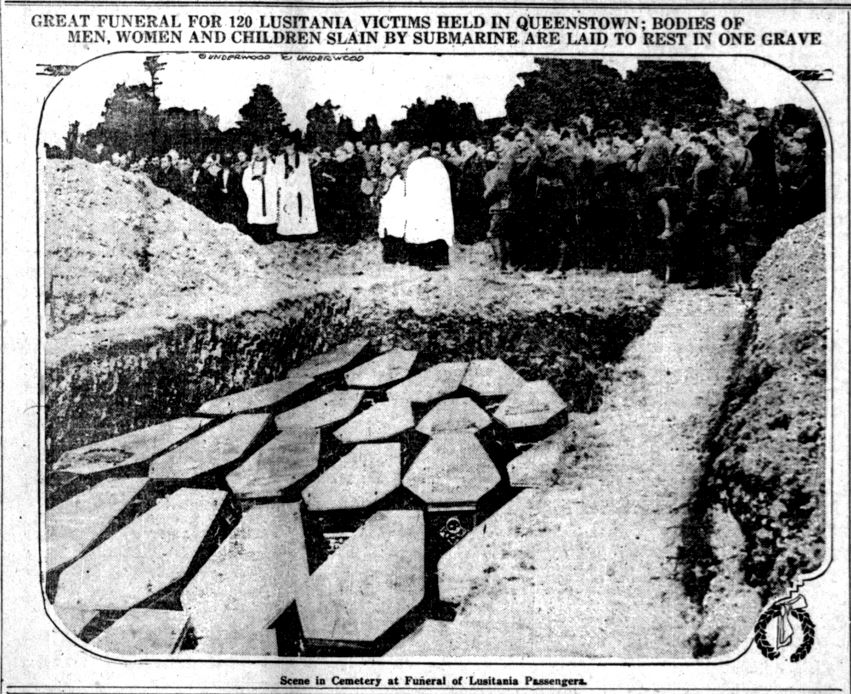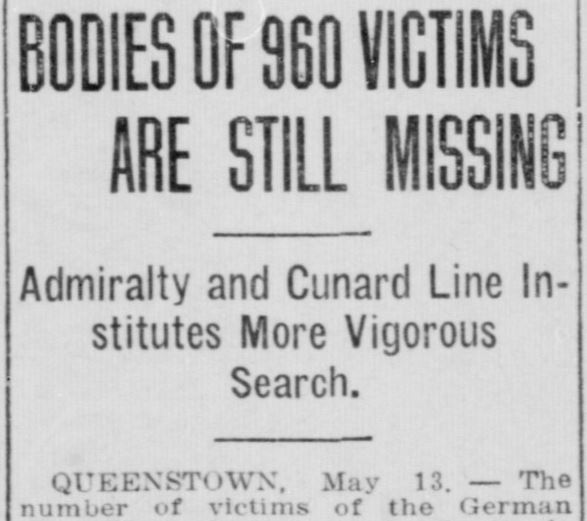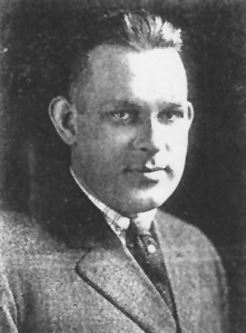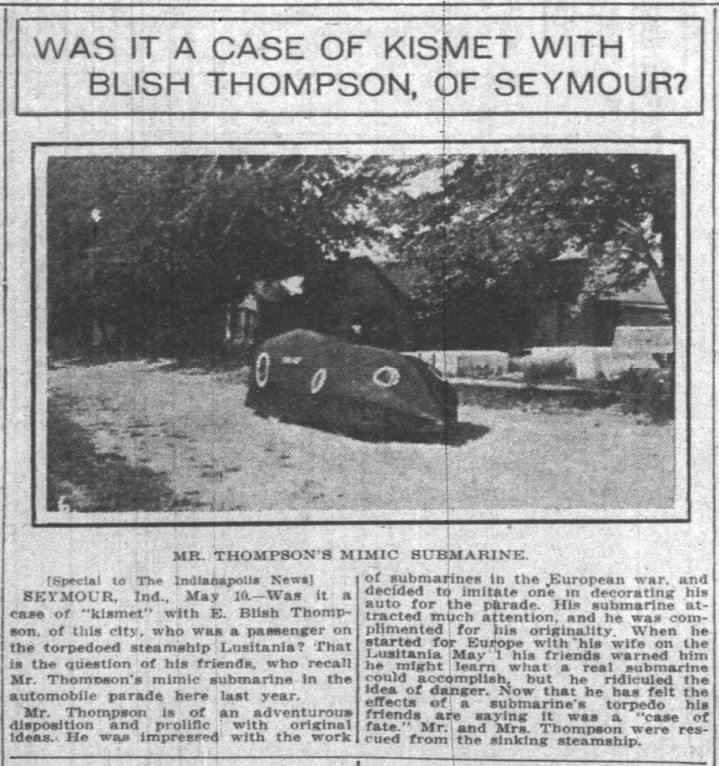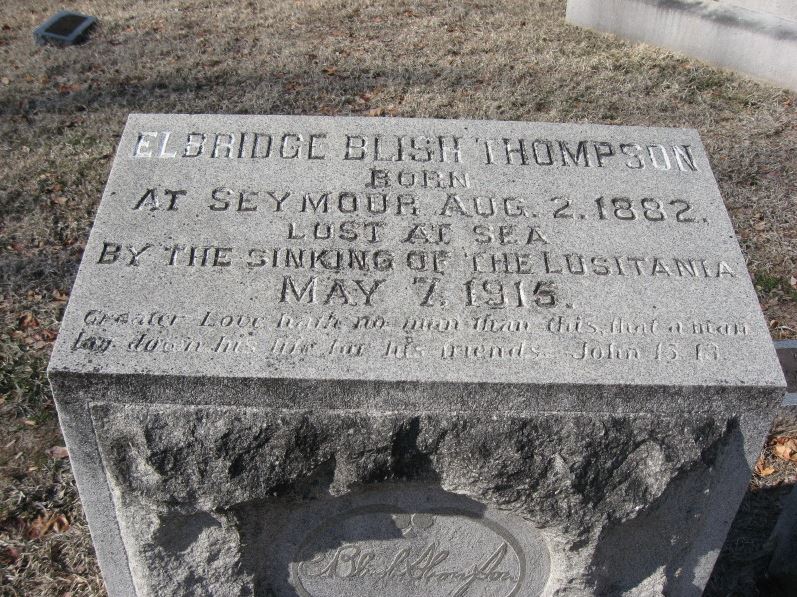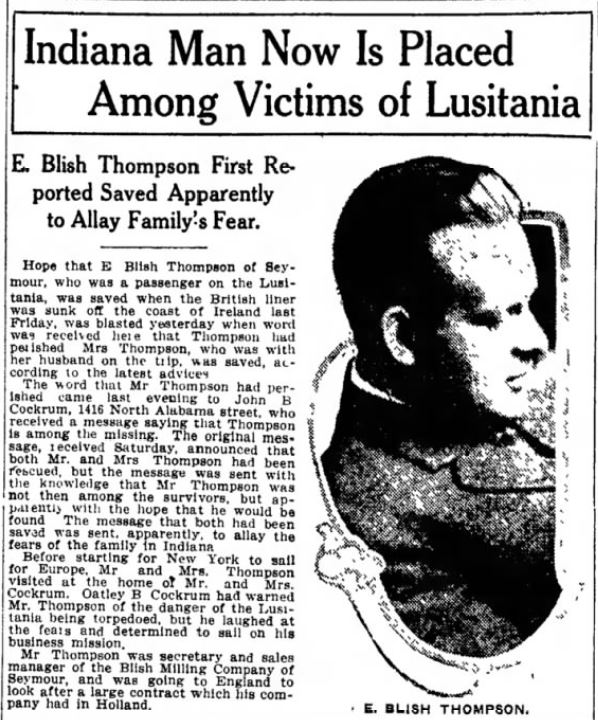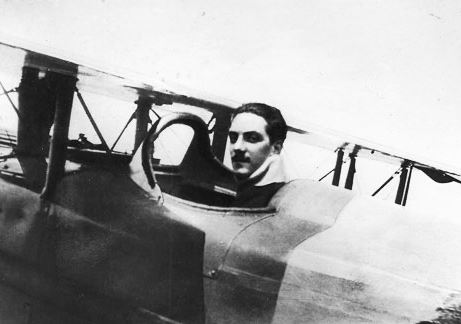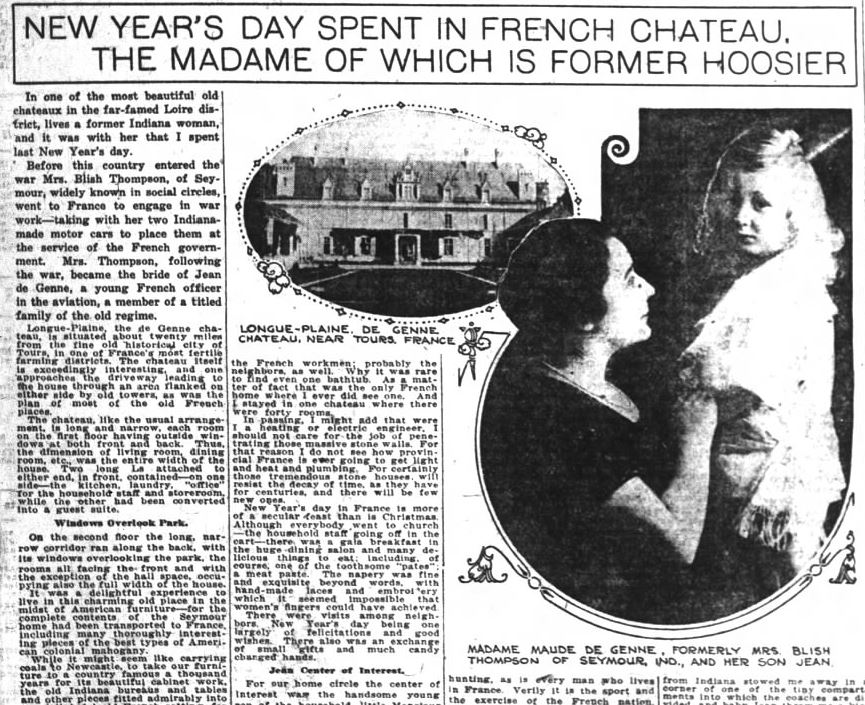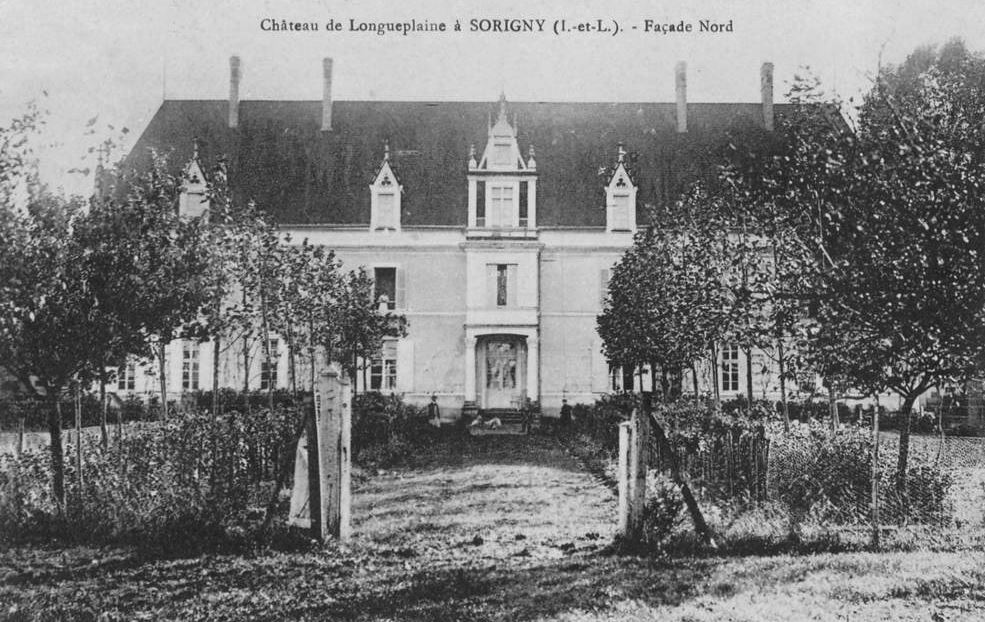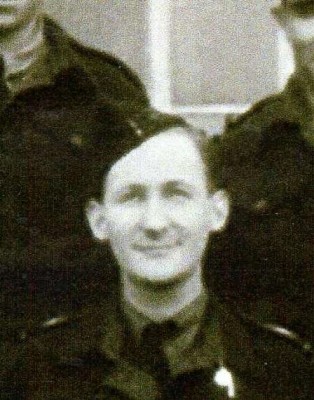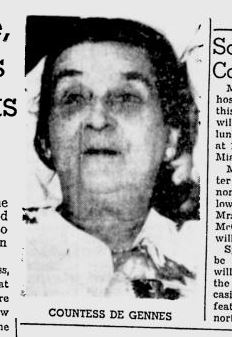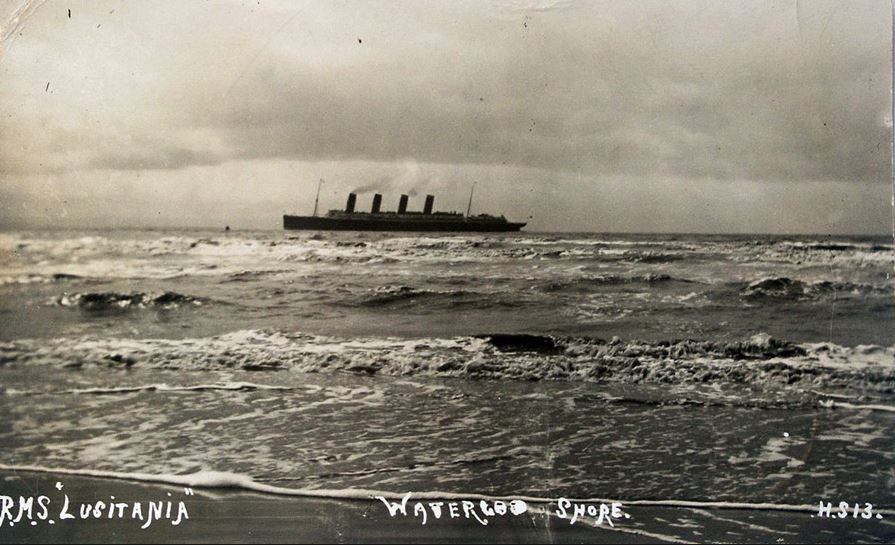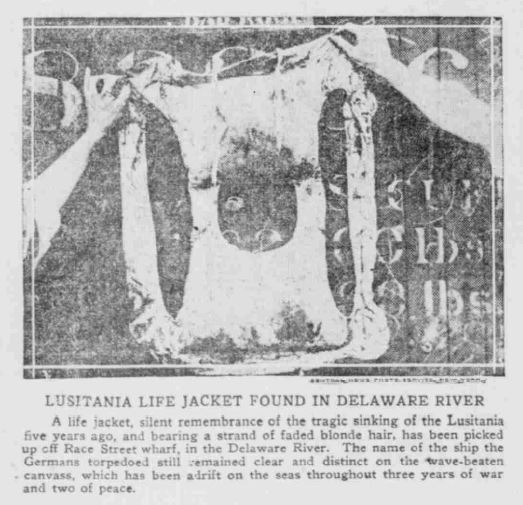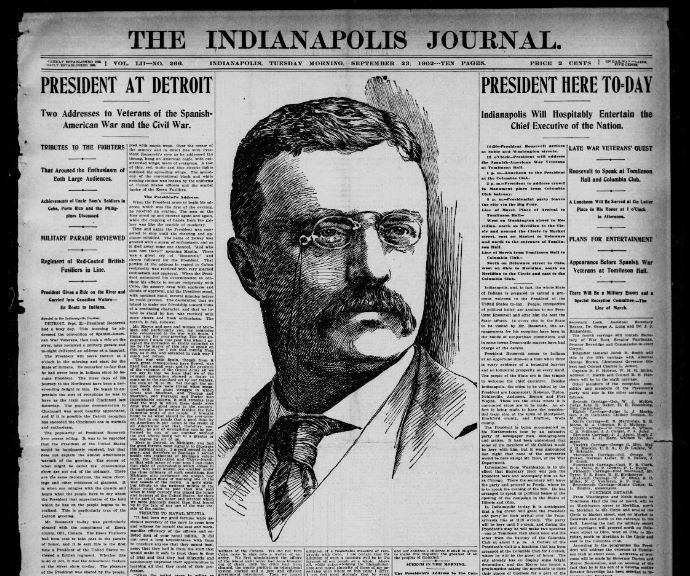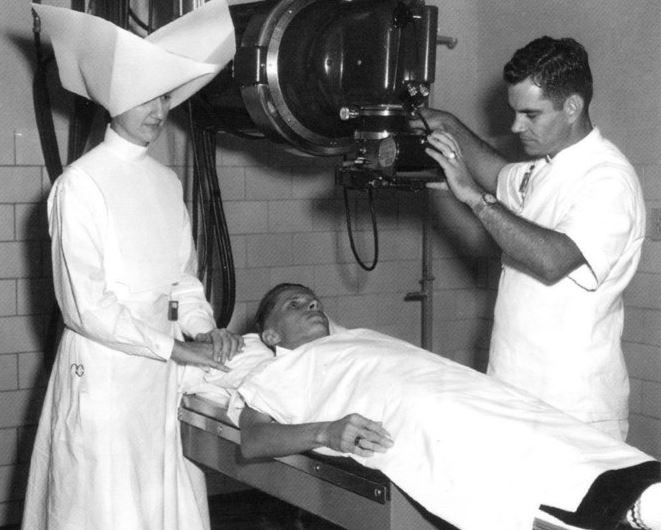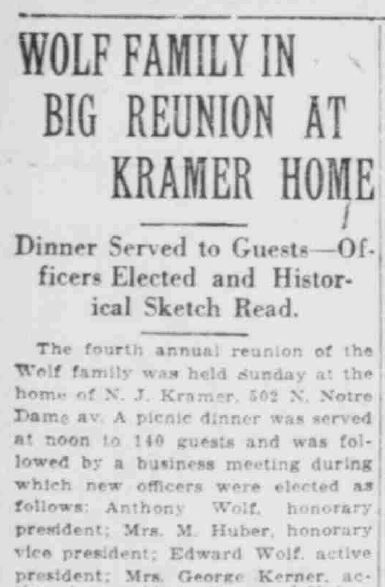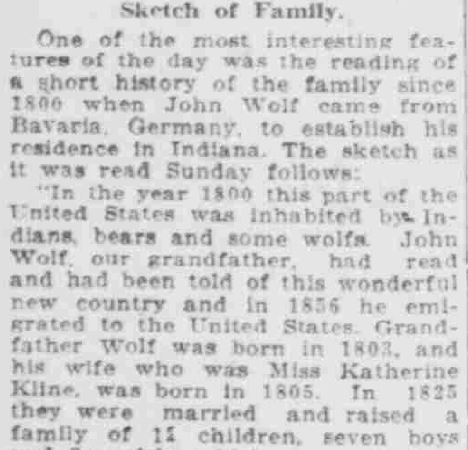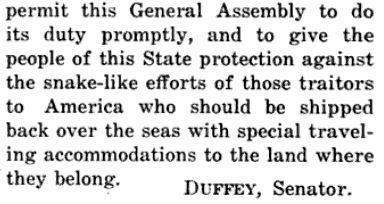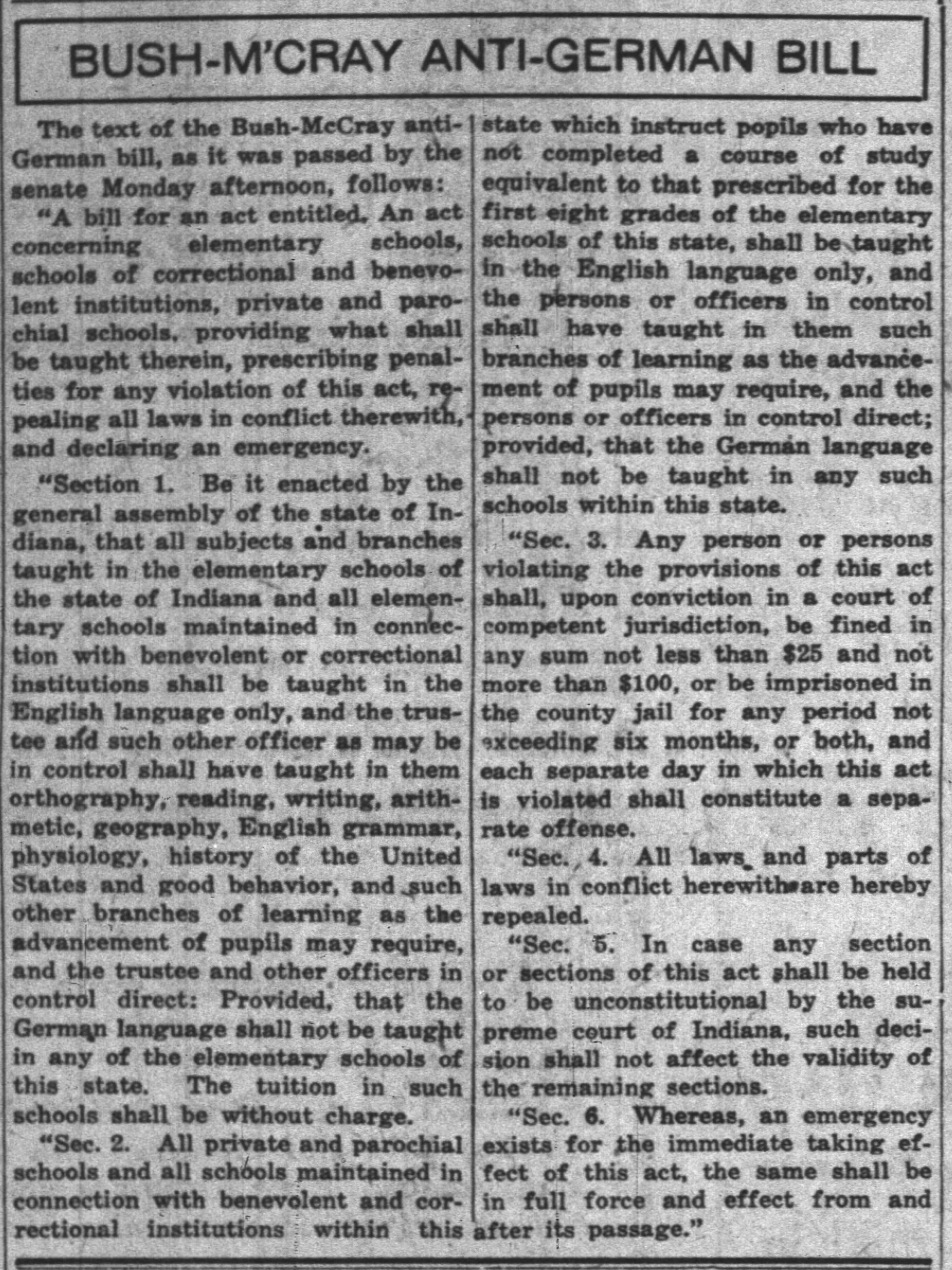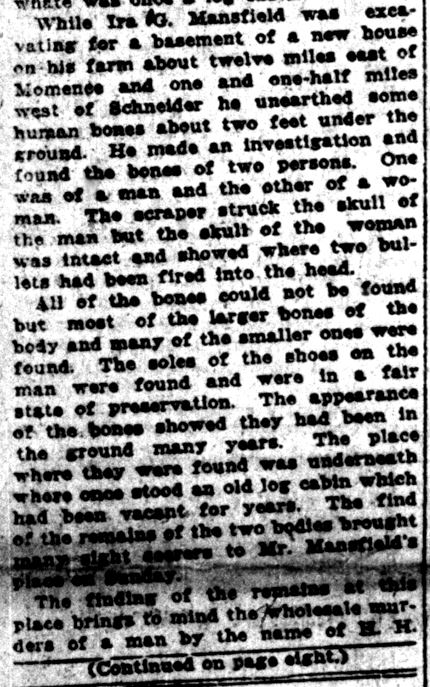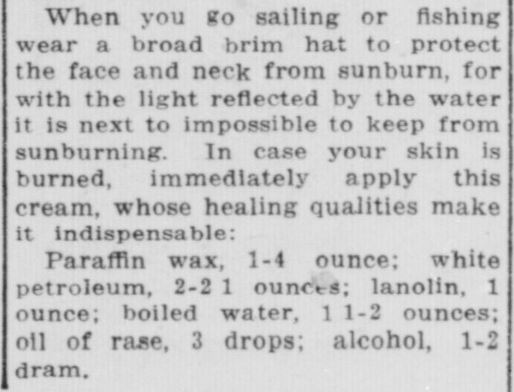Banned Books Week is here. We thought we’d take a look at a few volumes of “insidious poison” the Indiana State Council of Defense asked to be withdrawn from Hoosier library shelves in 1918, during the height of America’s involvement in World War I. Hoosier State Chronicles neither endorses nor criticizes these books, many of which are hard to find and might even have been destroyed. Some aren’t as interesting as the lives of their fascinating and controversial authors. But we do support your right to read and discuss them — if you ever happen to find a copy.
We focus on three books. A “behind the scenes” look at some of these titles reveal fascinating back stories.

State and county defense councils emerged after America’s late entry into the war against Germany in 1917. Indiana’s defense council was organized on May 19.
When it comes to freedom of speech, these groups had a sketchy record. Though much of what they did was simply ordinary work to contribute to the war effort — arranging food drives, relief for wounded soldiers, the sale of Liberty Loans, and urging Americans to conserve grain — the councils had a dark underbelly. The conservation of grain, for example, was an underhand way to enforce contentious “dry” laws, since corn and wheat were used in alcohol production — and alcohol was being labeled “German” and “foreign.” Under the influence of women’s and church groups, Indiana ushered in statewide Prohibition in 1917, three years before the national ban on booze, and at the same time that insidious rumors about spies and terrorists were lurking in the press. It’s an overlooked fact that the Prohibition movement was often tied at the hip to nativism, and that “unpatriotic” German beer-lovers were accused of wasting grain to undermine the war effort.
In many states, notably Iowa and Nebraska but also in Indiana, defense councils and local “Liberty Leagues” stood behind bans on the German language, an interdict that in some states forbade the speaking of any language other than English. In 1919, Indiana made it a criminal offense to teach German to children in elementary schools — largely out of concern that militaristic foreign propaganda and love of the “old country” was being spread by German-language textbooks and pamphlets (which were allegedly being burned in Indianapolis.) In many American schools, German classes weren’t offered again until the 1920s and the subject never recovered its pre-war popularity. World War I also virtually exterminated the once-flourishing German-language press in the U.S.

Much American news coverage drew on allegations from the British press, including illustrations and tabloid journalism. The British had exploited and exaggerated the very real human suffering of the 1914 “Rape of Belgium” for political ends and to encourage the U.S. to enter on the British side. Soon Hoosiers were reading about the sadistic sexual perversions of German commanders and soldiers, including accusations that the Kaiser’s “book of instructions” to officers authorized the rape and mutilation of children and the elderly. Many of these events did occur, though reports weren’t rigorously fact-checked. Yet American feminist writer Susan Brownmiller argues persuasively against the attempt to redeem German honor by downplaying the amount of rape during the war.

Defense councils typically consisted of ten or fifteen men and one woman, though “Woman’s Sections” were established in many states and counties. Indiana’s State Council of Defense in Indianapolis was headed by Senator Charles W. Fairbanks, who had been Theodore Roosevelt’s vice-president. Other male members of the committee included Irish-born former Indianapolis mayor Thomas Taggart (known as a Progressive); H.R. Kurrie, president of the Monon Railroad; former IU football coach and U.S. Representative Evans Woolen; and the famous Will Hays, granddaddy of film censorship in America. Among the officers of the Woman’s Section of the State Council was Anne Studebaker Carlisle of South Bend — daughter of Clement Studebaker of carriage- and auto-manufacturing fame — and Mrs. Samuel L. Ralston, wife of the future governor of Indiana, who also happened to be a Klan favorite in the 1920s.
 (The much-misunderstood Will H. Hays, from Sullivan, Indiana, served on the State Council of Defense during World War I. Hays was chairman of the Republican National Committee from 1918 to 1921, then served as U.S. Postmaster General, when he became known for his opposition to sending pornography by mail. In 1934, he instituted the restrictive Hays Code to regulate the U.S. film industry, but the Hoosier native is also credited with helping the movie business get on its feet and provide truly quality films. Time Magazine, September 13, 1926.)
(The much-misunderstood Will H. Hays, from Sullivan, Indiana, served on the State Council of Defense during World War I. Hays was chairman of the Republican National Committee from 1918 to 1921, then served as U.S. Postmaster General, when he became known for his opposition to sending pornography by mail. In 1934, he instituted the restrictive Hays Code to regulate the U.S. film industry, but the Hoosier native is also credited with helping the movie business get on its feet and provide truly quality films. Time Magazine, September 13, 1926.)
The Indiana State Council of Defense was definitely interested in what Hoosiers were reading and took a strong interest in “education.” In hindsight, its patriotism was part of an undisguised government program to promote optimism and a single view of the war. In this sense, it was propaganda in the true meaning of the word, which comes from the Latin for “to spread” information — not necessarily the unbiased kind.
The Report of the Woman’s Section, published after the war was over in 1919, demonstrates the interest the Indiana council took in promoting pro-war perspectives and how it went about making sure the government’s view came out on top. The primary target: pacifists and the “apathetic,” a word typically spelled “slacker” in war-hungry American newspapers like the Lake County Times.
(Excerpts from Report of the Woman’s Section of the Indiana State Council of Defense, Indianapolis, 1919.)
The fiercest opposition to American involvement in World War I hadn’t come from German-Americans or “hyphenated” Americans of any stripe, but from isolationists and Socialists. Among the most outspoken critics was Indiana native son Eugene V. Debs, who went to prison for protesting the draft, and Wisconsin Senator Robert M. LaFollette. In the debate over intervention vs. isolation, graphic newspaper illustrations served not only to vilify German militarists — who may have richly deserved such treatment — but also the American labor movement, which criticized the war as a distraction from problems at home. Socialists and pacifists were labeled enemies and “slackers.”
Thus it comes as no surprise that a number of the books and pamphlets on the 1918 Indiana banned books list weren’t written by German militarists, but by American and British labor activists.

One of these books was a pamphlet called Morocco and Armageddon, penned by British pacifist and anti-slavery crusader E.D. Morel.
Anti-slavery? In 1917? Morel’s work combating illegal slave trading in the Congo Free State — Belgium’s huge African colony — linked him to British consul Roger Casement. Their investigations into the atrocities of Belgian King Leopold’s Congo, which shocked the world, figures into the background of Joseph Conrad’s masterpiece Heart of Darkness (1899). Morel’s investigations into greed and murder were supported by Sir Arthur Conan Doyle and Mark Twain, among many others. The equally anti-imperialist Roger Casement was later executed by the British during World War I under allegations of being a German spy after he helped spark the 1916 Easter Rising of Irish Republicans in Dublin. Casement’s fate was virtually sealed when the British government published excerpts from his diary that suggested he was a homosexual.
Labor leader Morel’s opposition to World War I, which he considered a distraction from the atrocities of colonialism — including Belgium’s, some of the worst — earned him a spot on the Indiana banned books list just about a year after Casement’s execution. Morel was also severely critical of the harsh Treaty of Versailles, which many argue was an extension of the demonization of Germany and paved the way for the Second World War.

Another major name on the list is the great anthropologist Franz Boas. Born in Germany, Boas came to the U.S. and Canada in the 1880s to study the Native Americans of the Pacific Northwest and the Arctic North. His studies of linguistics and culture made him one of the fathers of modern anthropology and folklore studies. Boas later taught at Columbia University. Having famously insisted that the origins of racial inequality are social, not biological, he later clashed with Adolf Hitler. The German-American anthropologist, who died in New York City in 1942, helped many German and Austrian scientists escape from the Nazis.

Boas had a different view of World War I though. His pamphlet “Nationalism and Europe,” printed by the Germanistic Society of Chicago in 1916 — spelled “Germanatic” in the Hammond, Indiana, newspaper — runs to fifteen pages. While he starts with a dispassionate criticism of Slavic nationalism — which threatened to break up the German domination of central Europe and was one of the main causes of the war — Boas rips into American reasons for getting involved, even specifically criticizing American hypocrisy when it came to “making the world safe for democracy.” After mentioning the sinking of the USS Maine and the famously yellow journalism of William Randolph Hearst that had propelled the U.S. into war against Spain back in 1898, Boas comments:

One of the more disturbing figures to show up on the Indiana list was wrongly identified as “Edward Emerson.” In fact, this is the controversial and little-known Edwin Emerson, Jr. (1869-1959). No relation to the American philosopher Ralph Waldo, Edwin Emerson led a strange, complex life, much of it overseas.
Before the Civil War, Emerson’s father had written for Harper’s Magazine and worked with Noah Webster of dictionary fame. During the war, Emerson, Sr., went to Europe as a secret envoy for Abraham Lincoln, where he tried to prevent England and France from recognizing the Confederacy. Close to leaders like Otto von Bismarck and William Gladstone, “agent” Emerson was living in Dresden, Germany in 1869, when his son was born there. Edwin, Jr., seems to have grown up entirely in Germany, but later came to the United States. He graduated from Harvard in 1891, afterwards writing for the Boston Post and New York Evening Post and Sun as a foreign correspondent.
During the Spanish-American War — the war Franz Boas criticized for being an example of “How Americans Reason” — Emerson served in the Rough Riders with Theodore Roosevelt. Due to his native fluency in German, however, he posed as a German newspaper correspondent in Puerto Rico. Actually an American spy, Emerson acquired a critical map and helped spearhead the invasion of the Spanish island. Colonel Emerson also served as Teddy Roosevelt’s regimental clerk in Cuba. He then spent some time as a liaison in the Venezuelan army.
After the war, he went to Korea as a war correspondent and was imprisoned by the Japanese during the Russo-Japanese War. Then in 1906, in the aftermath of the San Francisco earthquake, Emerson got married in San Francisco — in the house of Mrs. Robert Louis Stevenson (an Indianapolis native). His new bride had actually declined his offer of marriage. But he didn’t get her telegram. . . so she married him anyway.

Emerson was one of just a handful of American journalists to report on the German side of the struggle during World War I, at a time when he wrote for the Chicago Daily News and other major papers. In “The Destruction of Louvain,” the pro-German reporter downplayed the horrors of the Rape of Belgium. As early as 1915, the New York Times had run an article on a speech Emerson was said to have given in Berlin. The German press quoted him as saying that under similar circumstances, American soldiers would have committed the same outrages on civilians as German troops did at Louvain. Understandably, this view did not win Emerson friends in America. His pamphlet explaining his purportedly eyewitness perspective on the Belgian atrocities was banned in Indiana.
Just after the November 1918 armistice, the news correspondent was in Guatemala, where that country’s president accused him of being a German spy. In the early 1920’s, he also got expelled from Austria and Switzerland as an undesirable alien and subversive.
Unfortunately, Edwin Emerson Jr.’s, politics soon took a turn for the worse. By the early 1930’s, this friend of Germany had become one of the most outspoken advocates of Nazism. In 1933 and 1934, on East 92nd Street in New York City, he helped found the Society of American Friends of Germany. This group quickly merged with the Chicago-born Friends of the New Germany (Bund der Freunden des Neuen Deutschland), an organization of American Nazis also known as FONG. The Friends later became the German American Bund, founded in Buffalo, which under police guard paraded through the streets of New York in 1937. A pro-Aryan organization, forty percent of their membership was allegedly Irish.
The Dresden-born newspaperman, who now edited the first pro-Nazi newspaper in America — Amerikas Deutsches Post — met with the German Führer himself in February 1934. The monthly paper had an English-language supplement, American Observer. The German American Bund also published a bilingual weekly, Deutscher Weckruf und Beobachter (Wake-Up Call and Observer.) In 1937, that paper became a youth magazine, but stopped publishing after Pearl Harbor.

The homegrown National Socialist groups that Emerson supported held multiple rallies at Madison Square Garden, events estimated to have drawn crowds of up to 50,000. Just like during the First World War, individuals who opposed entry into the Second had complicated reasons that often strayed far from mere pacifism. The controversial and probably anti-Semitic Charles Lindbergh, “fallen hero,” was among them. Whether he deserved it or not, Lindbergh’s career was destroyed.
An author of books on Theodore Roosevelt, Herbert Hoover, Halley’s Comet and the Gutenberg Bible, Edwin Emerson, Jr., died in 1959 in San Francisco, California. He was buried at Golden Gate National Cemetery — under a Rough Rider’s tombstone.






















